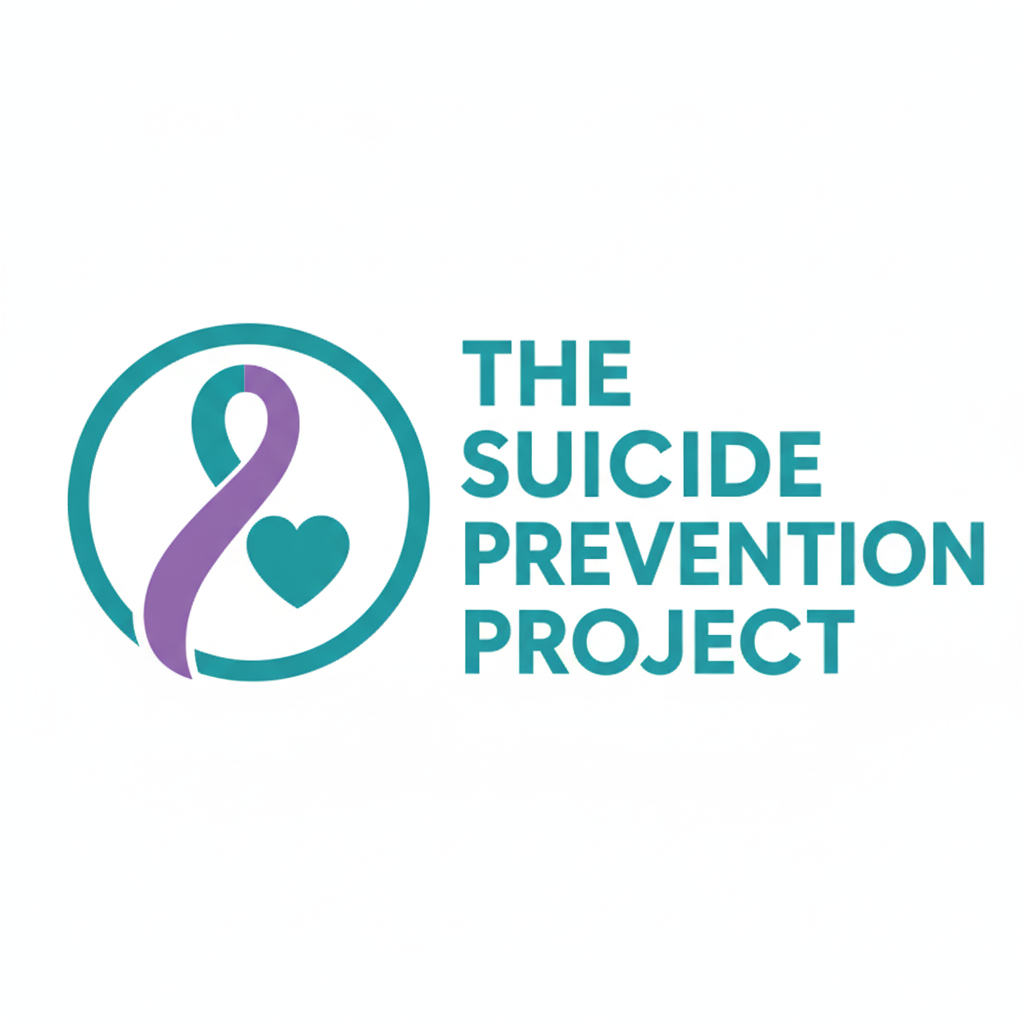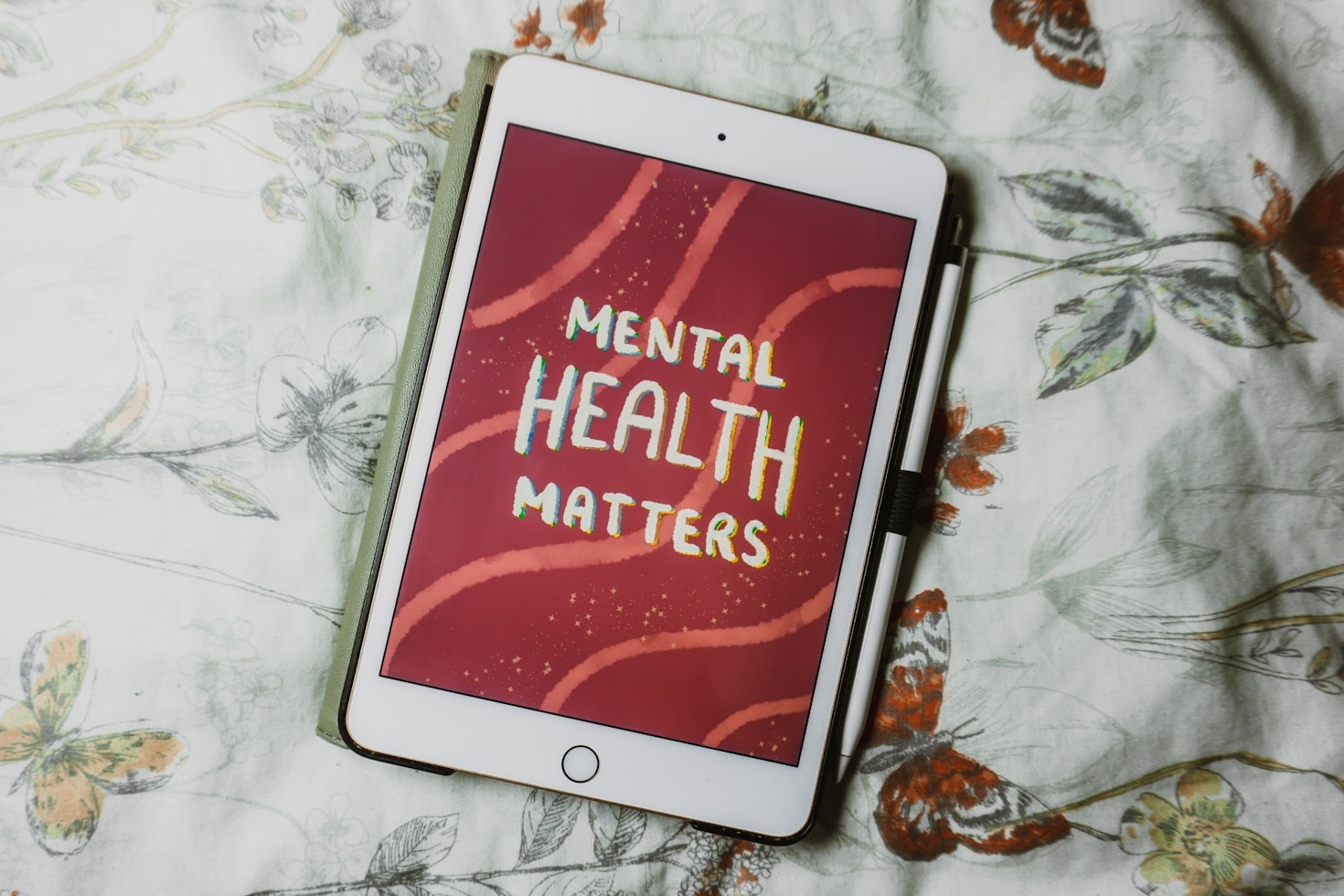Your cart is currently empty!
Storytelling has always been a powerful tool for connection, understanding, and healing. When it comes to suicide prevention, sharing stories can raise awareness, reduce stigma, and offer hope to those struggling. However, it is crucial to approach storytelling with care and responsibility to ensure it supports rather than harms individuals at risk.
Understanding Safe Storytelling
Safe storytelling means sharing experiences related to suicide in a way that is respectful, sensitive, and mindful of the potential impact on vulnerable audiences. It involves avoiding graphic descriptions, sensationalism, or romanticizing suicide. Instead, the focus is on conveying messages of hope, recovery, and the availability of help.
Why Safe Storytelling Matters
- Preventing Imitation Effects
Research shows that detailed and sensationalized accounts of suicide can lead to imitation or “copycat” behavior, especially among young or vulnerable individuals. Safe storytelling helps minimize this risk by emphasizing coping strategies and positive outcomes rather than the act itself. - Reducing Stigma
Open and respectful conversations about suicide can break down harmful stereotypes and encourage people to seek support. Safe storytelling ensures that the narrative promotes understanding and compassion rather than judgment or fear. - Empowering Survivors and Supporters
When stories highlight resilience, recovery, and the effectiveness of support systems, they can empower both those who have experienced suicidal thoughts and their loved ones to seek help and maintain hope. - Educating the Public
Well-crafted stories can educate readers about the warning signs of suicide and the resources available, making communities better prepared to respond and support those in need.
Guidelines for Safe Storytelling
- Use person-first language (e.g., “person who died by suicide” instead of “suicide victim”).
- Avoid explicit details about methods.
- Focus on the reasons for living, coping mechanisms, and recovery journeys.
- Include information about crisis resources such as helplines and counseling services.
- Be mindful of your audience and the platform where the story is shared.
Conclusion
Safe storytelling in suicide prevention is more than just a communication choice; it is a responsibility. By sharing stories thoughtfully, we can foster hope, reduce stigma, and ultimately save lives. If you or someone you know is struggling, remember that help is available, and telling stories of survival can be a powerful step toward healing.


Leave a Reply